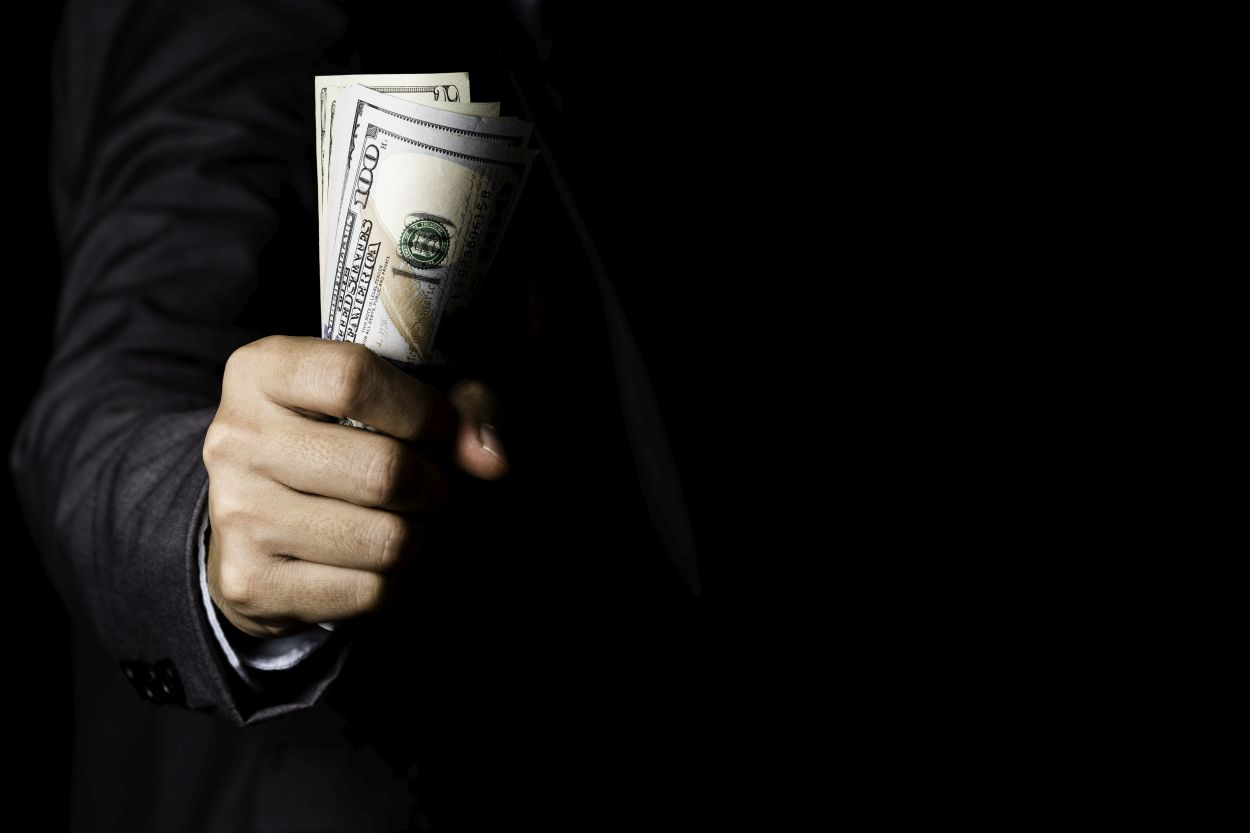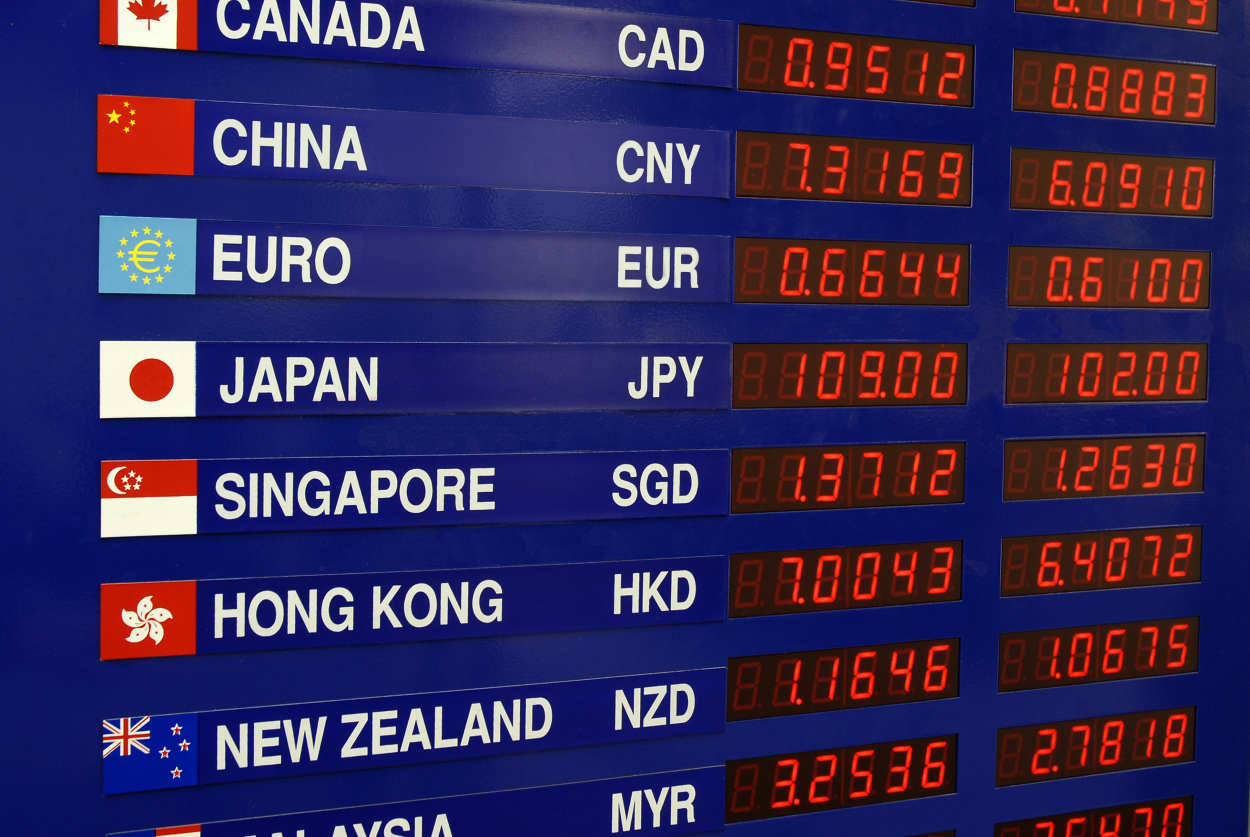The dollar strength gauge rose to its highest level on record, eclipsing the peak it reached during the financial panic in the early months of the Covid-19 pandemic.
The dollar’s gains this year have been driven by a combination of higher central bank interest rates and safe-haven asset purchases, driven by growing concerns that inflation-fighting measures around the world could lead to a recession in the economy.
The Bloomberg dollar index, which calculates the dollar against a basket of currencies of developed and developing countries, rose 0.7% on Thursday. This is above the level reached in March 2020, and the previous data high is from 2005.
The ICE US Dollar Index , a separate and better-known indicator that only compares the US dollar to developed-country currencies and weighs 60% of the euro’s weight, passed its pandemic peak earlier this year and is now close to its highest level in two decades.
The dollar resumed its steady gains on Thursday, setting new 24-year highs against the yen and pushing the euro closer to parity as investors bet the Federal Reserve will raise interest rates to fight rising inflation.
The global economic turmoil has jacked up the value of the dollar, the main safe-haven asset, pushing the dollar index, which tracks the dollar against six other currencies, up more than 13% this year. It was last up 0.3% on the day to 108.580.
The dollar gained more than 1% against the yen, pushing it above 139 yen per dollar for the first time since 1998. It last rose 1.1% to 138.92 yen.
The euro hovered just above parity with the dollar, a day after falling below a key level for the first time in almost two decades.
The single currency remained under pressure on Thursday, weighed down by lower official economic forecasts for the eurozone and political chaos in Italy. Draghi promised to resign if the Five Star Movement left his government.
The euro fell 0.5% on the day and was last down 0.4% to $1.00215.
Another hot US inflation data on Wednesday and an aggressive 100 basis point rate hike by the Bank of Canada on the same day raised bets on a faster Fed tightening, FX analysts said.
„Price action reflects mounting fears that the Fed will stifle the US economic recovery by reacting more aggressively to dampen upside inflation risks,” MUFG analysts said in a note.




